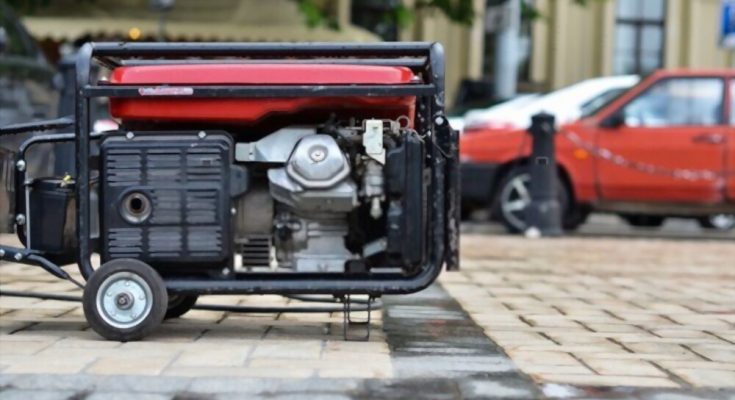Note: Diesel Generator applications can be quite complex, involving many different site-specific elements to be considered. This article presents a basic guide to sizing a diesel generator. It assumes basic knowledge of power calculations.
A Guide to Sizing a Diesel Generator: Diesel Generator sizing involves calculating the following load factors:
1. The continuous load operating at any given time
2. Derating factors
3. Transient performance
4. Non-Linear loads
The size required will be determined by the maximum demand from one of the above load factors. We will now expand on each one.
1. TOTAL CONTINUOUS LOAD (run kVA)
- Calculate the total kVA for all motors and machinery that will be operating at one time
- Calculate the total kVA for all heating/air conditioning that will be operating at one time
- Calculate the total kVA for all lighting that will be operating at one time
- The run kVA (rkVA) equals the sum of the maximum possible load demand at one time.
2. ALLOW FOR ANY DE-RATES
- Common de-rate elements are:
- Altitude
- Ambient temperature
- Dust
- Humidity
- Power Factor
Each diesel generator will have its own de-rate characteristics to each item, hence their technical data must be referred to. If more than one de-rate applies the multipliers become cumulative.
When de-rates apply the continuous rating of the generator is reduced by the multiplier.
3. TRANSIENT LOAD PERFORMANCE
When a motor starts its initial kVA (start kVA) is larger than its run kVA. This occurs due to the initial inrush current required to start the motor. The skVA can be several times the rkVA causing an initial larger load demand and resulting voltage dip at the terminals.
In general, a voltage dip greater than 25% can cause the generator to stall/shutdown, hence becoming an important element to consider. Generators have specific starting voltage characteristics that must be considered.
Various starting methods are used in applications to reduce the skVA. Each will have its own performance characteristics and will provide their starting impact. Technical data can be obtained from the manufacturers.
Motors that come online at various stages, calculations are based on the highest possible demand scenario. When there is more than one motor starting simultaneously the total skVA is the sum of each of the motors skVA.
4. NON-LINEAR LOADS
Non-linear loads (NLL) are defined as electrical equipment that draws non-sinusoidal current from the supply source (diesel generator) causing harmonics in the current waveform, which in turn distorts the voltage waveform.
Current distortion (ID) is a function of the number of pulses. The degree of distortion can cause instability in the loads’ control system and the generators’ excitation system.
To limit the voltage distortion (VD), the alternator needs to have a sub-transient reactance at a level (lower the better) that allows for this.
There are several guide/charts that take input of ID% and acceptable VD% and provide the X”d that must not be exceeded.
The diesel generator selected must have an alternator that operates within the X”d limit. For applications where the NLL is a high percentage of the total load an oversized alternator may be required.
DIESEL GENERATOR SIZE
Once the maximum kVA for each of the load factors is determined the size of the diesel generator will be that of the highest demand and hence meeting demands of remaining load factors.
As it can be seen sizing a diesel generator can be quite complex. This guide is basic and was written to provide awareness to the considerations required when sizing a generator. This discussion can be expanded into great detail, in which consideration may be required to provide the correct sizing of the diesel generator.

